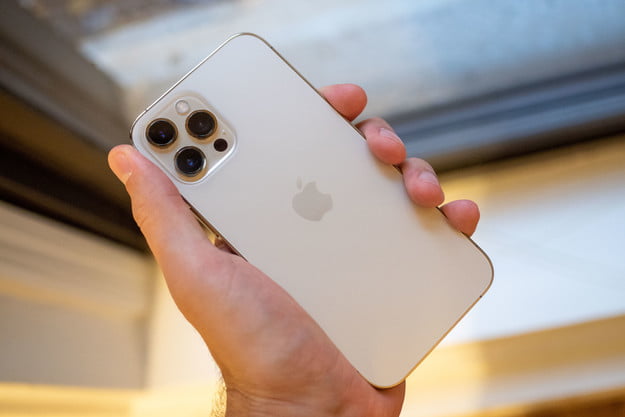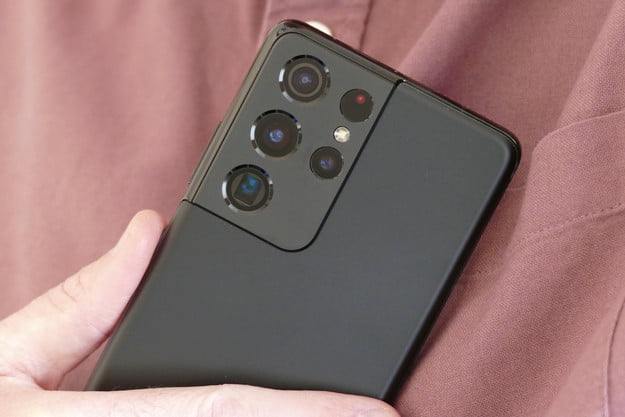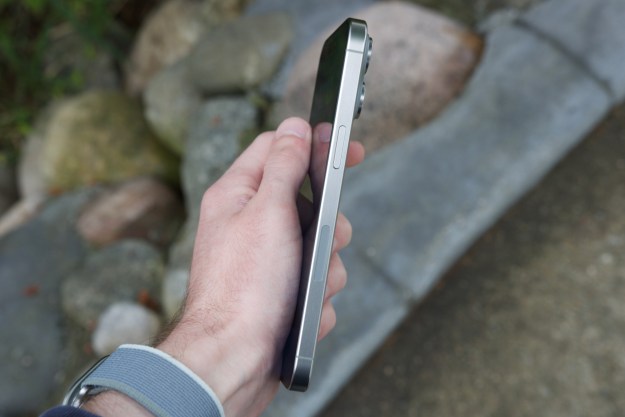Shooting professional-quality video on your smartphone is now a thing. As video becomes more popular with hobbyists and pros alike, and various mobile video editing apps make footage a cinch to edit, more and more people are turning to their smartphones to record video. As smartphone tech advances, video quality has zoomed past 1080p to 4K and even 8K capture — though the massive files the latter create can only be viewed on compatible TVs and monitors.
Some phones also offer higher frame rates of 60, 120, 240, and even 960 fps in lower resolutions for shooting in slow-mo. Cinematic software modes provide additional manual controls. Automatic scene selection and image correction and stabilization are becoming even more common. These advanced features often rely on some degree of artificial intelligence. With the right features, smartphones can assist in creating professional productions, and some are better than others. Here are the best smartphones out there for shooting video.
See more:
- The best camera phones for 2021
- The best budget camera phones for 2021
- The best iPhone camera accessories for 2021
Sony Xperia 1 II

If you’re specifically seeking a
The Xperia 1 II features OIS/EIS video stabilization with Intelligent Active Mode 5-axis stabilization. The phone has three 12-megapixel rear cameras with a primary wide-angle camera, ultrawide-angle camera, and a telephoto. Sony has pre-installed two custom camera apps — Cinema Pro and Photo Pro — so its
Sony Xperia Pro

Sony’s Xperia Pro is specifically designed for a niche audience of pro videographers to integrate with their video equipment to achieve a professional workflow. It’s great for users who want to live-stream or automatically transfer footage while on the go. The phone offers a range of tools — look color management presets, 21:9 movie recording,
However, all this tech doesn’t come cheap, and the Sony Xperia Pro starts at the eye-wateringly expensive price of $2,500. But if you want something truly show-stopping and budget isn’t a concern, this should be your choice.
iPhone 12 Pro Max

The triple-lens, 6.7-inch iPhone 12 Pro Max features a three-camera system and a 6.7-inch Super Retina XDR OLED display, powered by the A14 Bionic chip. It can shoot UHD
One advantage for filmmakers is the
Samsung Galaxy S21 Ultra

If you want the ultimate standout photo- and video-centric Android
For video, the Galaxy S21 Ultra can record 8K video up to 30 fps, and all of its cameras can capture
Google Pixel 5

The Google Pixel 5 is somewhat cheaper than the other super high-end specialty phones and is easy to use for shooting great-looking photos and videos. It features two dual rear cameras, making it easy to shoot good images without much effort. The primary camera has a 12.2MP, f/1.7, 27mm lens while the second camera has a 16 MP ultrawide lens with an f/2.2 aperture. The camera can shoot at
Editors' Recommendations
- The best tablets in 2024: top 11 tablets you can buy now
- The 6 best tablets for kids in 2024
- Your iPhone just got a new iOS update, and you should download it right now
- How to use iOS 17 FaceTime gestures (and what they look like)
- Apple just released iOS 17.4. Here’s how it’s going to change your iPhone




